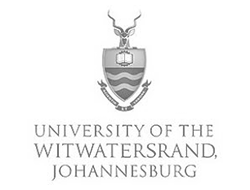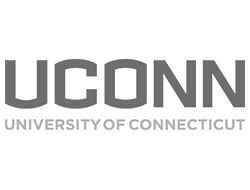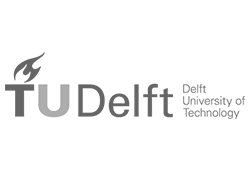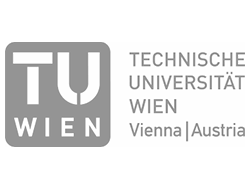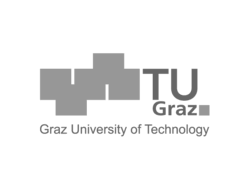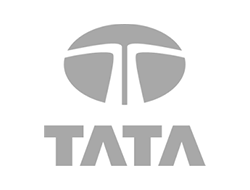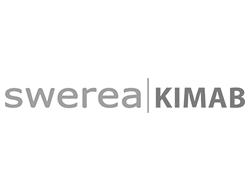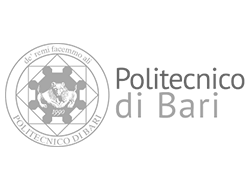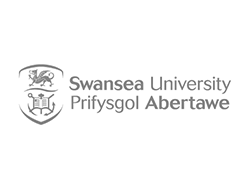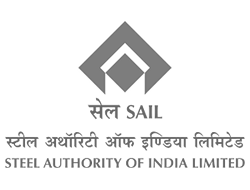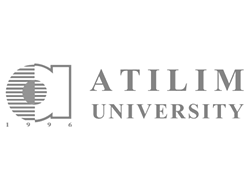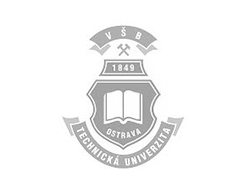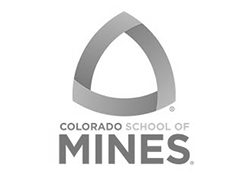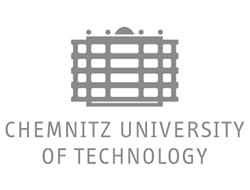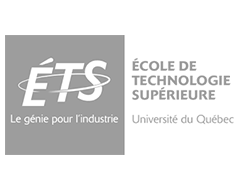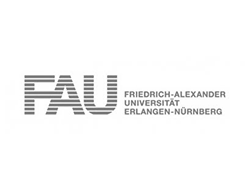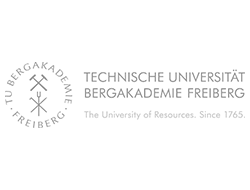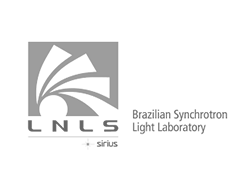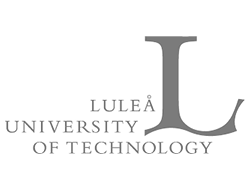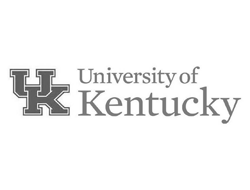Breaking the Ice... The Gleeble at CANMET
Canadian icebreakers someday may be better able to withstand the ravages of smashing through the arctic ice pack, thanks in part to the Gleeble. Farfetched? Not at all.
At CANMET, a prestigious Canadian government research and technology center, research involving the Gleeble is underway that could have an impact on Canadian railways, steel mills, and marine vessels.
Dr. John Bowker, a research scientist at CANMET, is the leader of a project on continuous casting within the Steel Technology section of the Metals Technology Laboratories. He and his research group are involved in a cooperative program with Algoma Steel Corporation and Stelco (another steel company) to simulate continuous casting.
Using the Gleeble, they melt a small portion of a 10 mm round specimen and allow it to cool at a rate typical of a steel slab as it emerges from a continuous caster. The objective is to identify the "ductility trough" — the portion of the cooling cycle in which cracking is likely to occur as the hot slab bends from vertical to horizontal orientation as it leaves the caster.
"If the ductility trough is wide," Bowker says, "the probability is that the slab will crack and will therefore require scarfing to remove the cracked material." The continuous casting research project aims at improving the productivity of Algoma and Stelco's continuous casters by examining ductility troughs, developing cooling cycles that will reduce cracking, and exploring the effect of minor elements, such as niobium, aluminum, vanadium, and titanium, on cracking.
Bowker adds, "So far, we're finding good agreement between the results produced on the Gleeble and those observed at an operating continuous caster."
In another project, Bowker is using the Gleeble to simulate the thermal cycling that takes place when pieces of steel rail are flash butt-welded to form the longer sections that are placed on the road bed. The problem is that the welding process produces changes in the crystalline structure of the steel that sometimes result in soft spots. Since they wear unevenly and can produce rail buckling, the soft spots are a headache requiring additional rail maintenance.
Working with Algoma Steel, the Canadian National Railway, and Canadian Pacific Railway, CANMET personnel are using the Gleeble to carefully simulate the heat-affected zone in the welded rail. Their aim is to discover what processing conditions produce the troublesome soft spots and to develop welding procedures that will produce longer lengths of rail that are more uniformly hard.
At the same time, Bowker and others at CANMET are attacking the thorny and important issue of materials for naval, submarine, and icebreaking vessels. Researchers are examining the properties of HSLA steels as a replacement for HY steels.
Using the Gleeble, samples of the steel are heated and cooled, without loading, to simulate the single and double thermal cycles that occur when the steel plates for a marine vessel are welded together. Bowker says, "By performing these physical simulations, we can generate microstructures like those in the actual welds of marine vessels to see how heat input relates to the strength and toughness of the welded steel."
Bowker adds, "Toughness is a special concern because dynamic impact at low temperatures is part of an icebreaker's mission. If a crack occurs, it can lead to catastrophic failure.
"Our simulation work takes time because the microstructure in the heat-affected zone is inhomogeneous. As a result, we have to generate a small section of it at a time, test it, and then compare it with tests of a similar section from an actual weld. We're getting good agreement between the two," Bowker said.
In addition to thermal cycle simulation, considerable dilatometry work is being done at CANMET on steels for marine vessels. "We use the C-strain on the Gleeble to make careful measurements of the diameter of a specimen as it cools, and from that we are able to obtain information on the transformation behavior of the steel. This gives us another indication of the relationship between microstructure and toughness," Bowker said.
The Gleeble is also having an impact in an area that Bowker feels is often overlooked: weld corrosion. "With the Gleeble we're generating the exact microstructures we want and then testing them for corrosion. This is of considerable interest because icebreakers not only have to withstand cold and severe pounding, they have to do it in salt water," Bowker points out.
And what's in the Gleeble's future at CANMET? Bowker says, "We recently extended the capabilities of our Gleeble by adding the data acquisition system, the high speed load cell, and a larger vacuum tank. We'll use the Gleeble for a wide number of new projects, including analyzing the hot deformation behavior of micro-alloy steel at high strain rates."
At CANMET, the Gleeble will be breaking new ice in metallurgical research for a long time.
This article first appeared in the Gleeble® Newsletter — Summer 1988.




